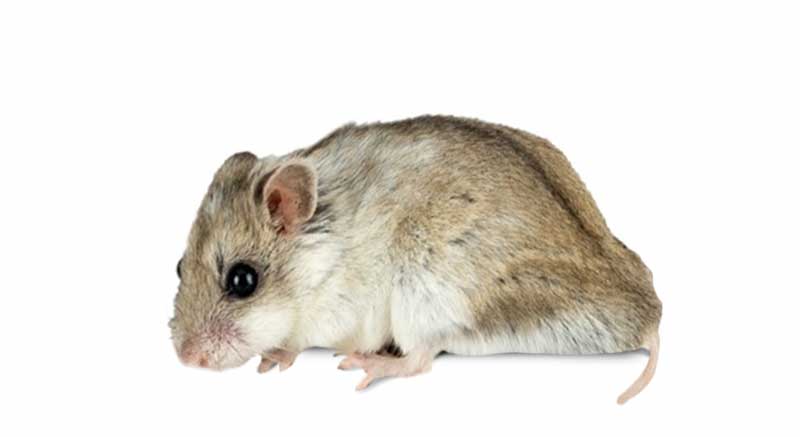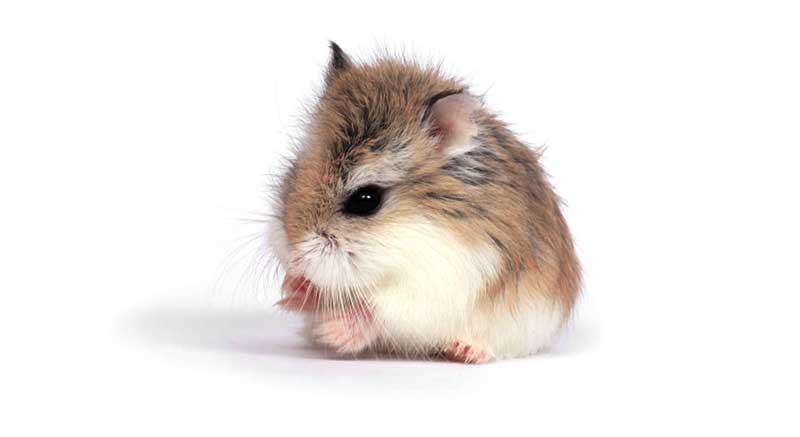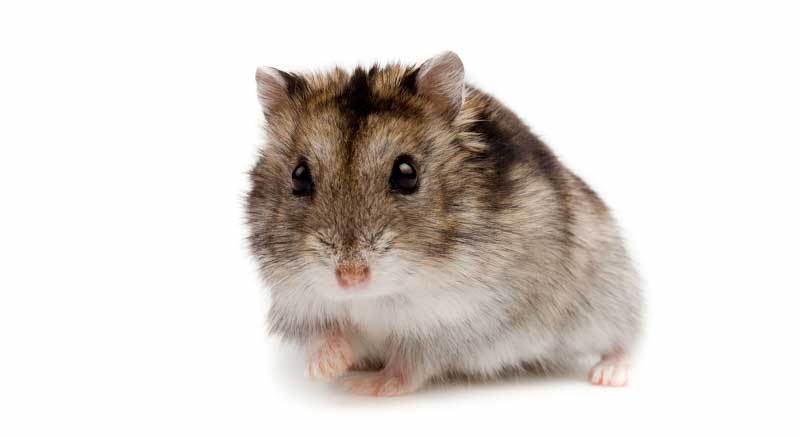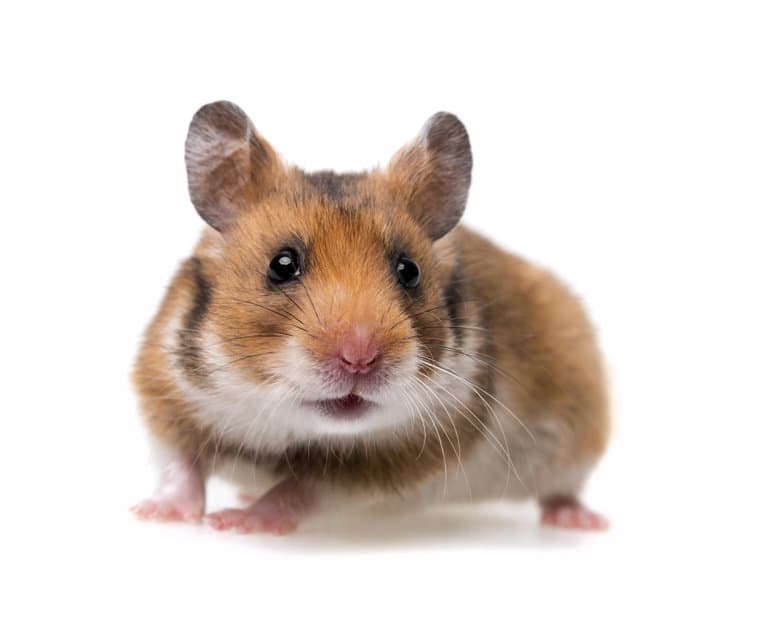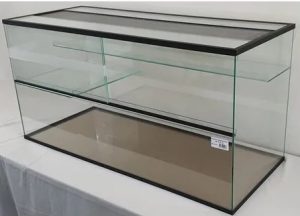
Hamsters

There are about 20 different hamster species, but only 5 are kept as pets. These are the Syrian hamster, Russian dwarf hamster, Campbelli dwarf hamster, Roborovski dwarf hamster and the Chinese dwarf hamster. The Syrian hamster, also called the golden hamster, is the largest of the 130 with its 200 to 5 grams. The smallest of the bunch is the Roborovski dwarf hamster, which weighs only 25-40 grams. The different species come in many different colors. In addition to different colours, the Syrian hamster also comes in different coat types. For example with a curly or a long-haired coat.

lifestyle
Hamsters are mainly active during the evening and night hours. The Syrian hamster in particular sleeps during the day, all day long and prefers not to be disturbed. The Russian dwarf hamster has a slightly less fixed rhythm and also regularly visits during the day. The Syrian hamster, Russian dwarf hamster, Campbelli dwarf hamster and Roborovski dwarf hamster, do not see depth and live mainly on and under the ground. The Chinese dwarf hamster sees depth, it is a good climber and with its slightly longer tail it ensures that it does not lose its balance while climbing and clambering.

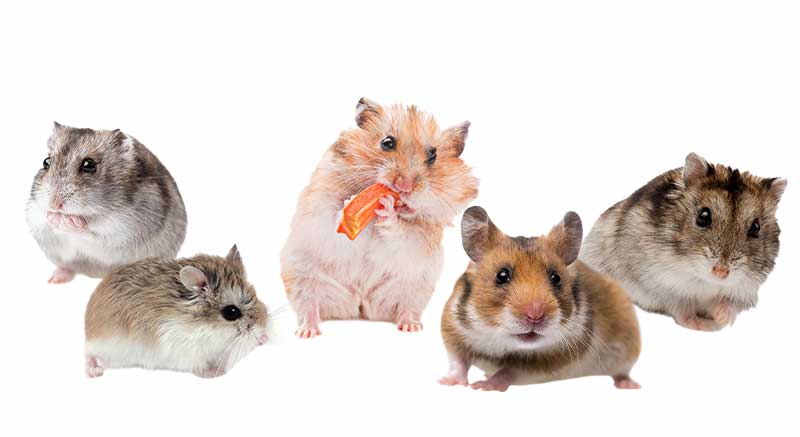
Syrian hamster and Chinese dwarf hamster
The Syrian hamster and Chinese dwarf hamster are solitary animals, so it is best to keep them alone. The Russian dwarf hamster lives alone or in male-female pairs. However, keeping such a couple is not just something. You have to keep in mind that you can expect a litter of young hamsters every 20 days, and where are you going to put them? It is therefore best to just stick to one rest.

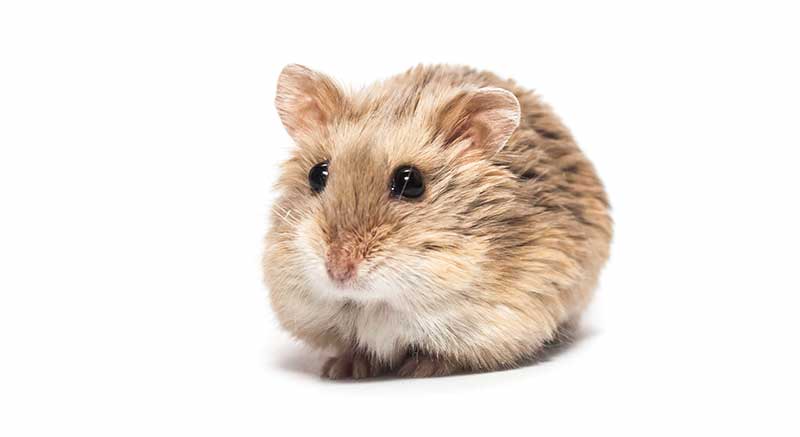
The Roborovski Dwarf Hamster and Campbelli Dwarf Hamster
The Roborovski Dwarf Hamster and Campbelli Dwarf Hamster live in nature in small family groups. However, the Roborovski is a lot more tolerant to members of the same genus than the Campbelli. With both you have to take into account that there is a chance that it will not click and that the hamsters still have to be housed separately. In the wild, Syrian hamsters hibernate. Their body temperature then drops from 37 to 5 degrees Celsius and they feel cold, but soft to the touch. If you look very closely you can still see their whiskers vibrating. They never do this in captivity, because it simply doesn't get cold enough in our houses for hibernation.


